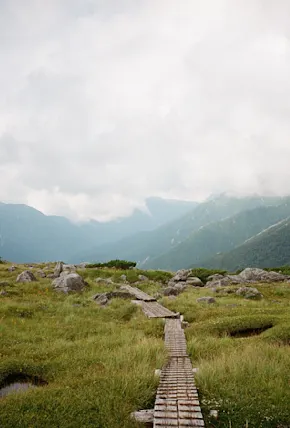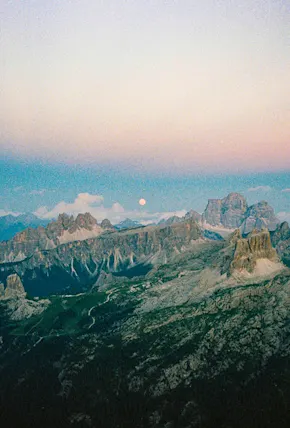Nestled among the endless mountain peaks of Austria sit over 1,000 mountain huts, staffed by host families ready to receive hikers after long treks through the Alps. Don't let the term "hut" fool you—this incredible system of mountain lodges serve hearty food, often have showers, and provide a range of shared dorms and private rooms.
During a recent summer, I took advantage of this opportunity, and spent eight nights in the Alps with nothing but a light daypack. Setting out from Innsbruck, Austria, I reached the mountain valley of Stubai easily by public transportation.
The Stubai valley is home to a classic “hut-to-hut” route known as the Stubaier Höhenweg (Stubai High Trail). The beauty of these routes is that you can hike for as many days as your knees can handle without descending from the mountains. Most huts are situated between 2,000–3,000 meters: below the summits but very much above the rest of the world.

















